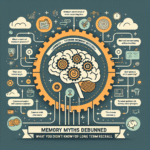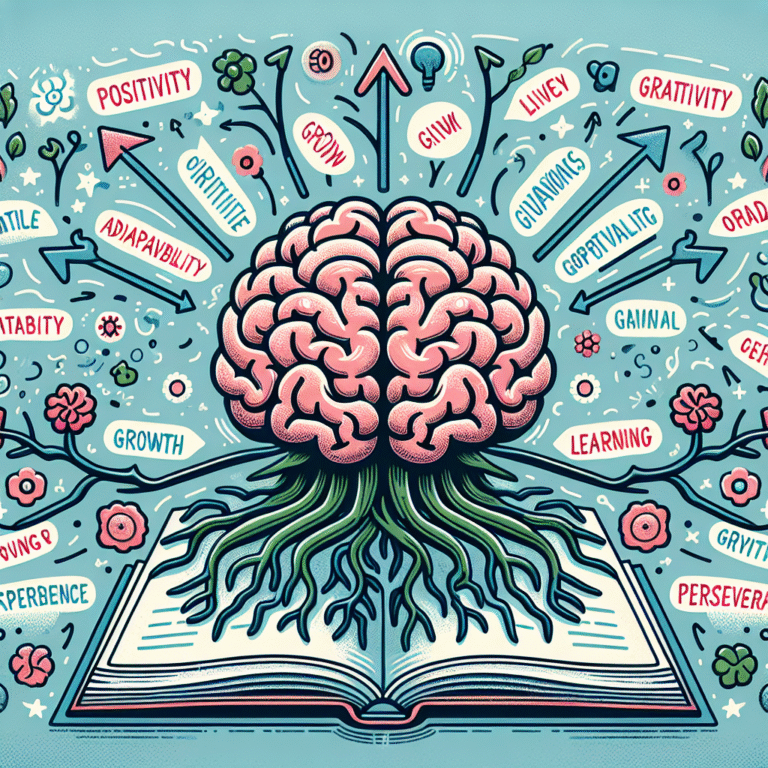
Introduction
In the complex landscape of organizational behavior, one powerful concept continues to reshape our understanding of team dynamics and performance—Attribution Theory. This vital psychological framework offers insights into how individuals interpret the causes of events and behaviors, profoundly impacting teamwork, collaboration, and overall effectiveness. Recognizing how perceptions of success and failure influence interpersonal relationships can transform a team from a group of individuals into a cohesive unit focused on shared goals.
In this comprehensive article, we will unravel how Attribution Theory: The Key to Unlocking Team Dynamics and Performance can bolster team effectiveness, drive accountability, and foster a culture of continuous improvement. Prepare to explore case studies, actionable insights, and practical applications that will empower teams and leaders alike.
Understanding Attribution Theory
What is Attribution Theory?
Attribution Theory, developed by social psychologist Fritz Heider in the 1950s, aims to explain how individuals understand the reasons behind their own and others’ behaviors. The theory posits that people tend to attribute outcomes to internal factors (like skill or effort) or external factors (like luck or other people’s decisions). This distinction is crucial, as it shapes one’s perspective on success and failure.
The Core Components of Attribution
Internal Attributions: These are explanations that emphasize personal characteristics. For instance, if a team member succeeds in a project, one might credit their hard work or innate talent.
- External Attributions: These explanations focus on situational elements. Using the same example, if the project fails, the blame may be placed on an unrealistic deadline or lack of resources.
Understanding these components is essential for leaders and team members to navigate challenges effectively and to create a supportive atmosphere that fosters learning and resilience.
The Impact of Attribution on Team Dynamics
Promoting a Positive Environment
Attribution Theory plays a pivotal role in shaping team culture. Positive attributions can enhance motivation and cohesiveness, while negative attributions may lead to blame games and discord.
Case Study: A renowned tech company implemented a new project-based approach to accountability. By encouraging team members to attribute successes to collaborative efforts (internal attribution), they witnessed a marked increase in project completion rates and team morale. This shift from individual blame to shared responsibility underscored the importance of a positive attribution culture in boosting performance.
Enhancing Communication
Misunderstandings in the workplace often stem from differing attribution styles. Recognizing this can help improve communication among team members.
Table 1: Attribution Styles and Their Impacts
| Attribution Style | Communication Impact |
|---|---|
| Internal | Promotes accountability |
| External | Encourages blame avoidance |
| Balanced | Fosters open dialogue and trust |
Leaders who facilitate discussions around attribution can create an open platform for feedback and ensure that team contributions are recognized appropriately, leading to enhanced team dynamics.
Attribution and Accountability
Building Responsibility
When teams understand how attributions affect performance, they can cultivate a culture of accountability. Teams that attribute their successes to internal factors typically show a higher level of commitment and ownership.
Case Study: At a healthcare organization, a team facing high turnover enacted a training program focusing on how to attribute successes to individual and collective efforts. By empowering staff to take responsibility for their contributions, turnover rates decreased significantly as workers felt a deeper connection to their roles and each other.
Fostering a Growth Mindset
Attribution theory ties closely into the concept of a growth mindset—the belief that abilities can be developed through dedication and hard work. Teams that operate under a growth mindset are often more resilient, facing challenges as opportunities for growth.
Table 2: Growth Mindset vs. Fixed Mindset Attribution
| Mindset Type | Attribution Focus | Team Dynamic Impact |
|---|---|---|
| Growth | Internal (effort-focused) | Resilience, collaboration |
| Fixed | External (talent-focused) | Blame, competition |
Overcoming Attribution Biases
Leaders who understand the pitfalls of attribution bias can more effectively guide their teams toward constructive responses to challenges. Attribution biases can distort reality and hinder goal achievement.
Case Study: A public relations firm observed frequent project failures. By conducting team workshops focused on attribution styles and biases, they reduced misunderstandings and improved project outcomes. Teams learned to evaluate situations more critically, promote internal attributions for successes, and explore external factors during failures without assigning blame.
Measuring Attribution’s Role in Performance
Data-Driven Decisions
Modern organizations can leverage data to analyze the impact of attribution on performance. Surveys and performance reviews can highlight patterns in attribution styles across teams and their correlation with overall effectiveness.
Example Analysis: A Fortune 500 company tracked employee performance metrics alongside attribution style surveys. They found that teams with a stronger internal attribution approach consistently outperformed their peers. Such data not only underscores the validity of Attribution Theory: The Key to Unlocking Team Dynamics and Performance but also provides a measurable tool for improvement.
Implications of Attribution Theory on Leadership
Transforming Leadership Styles
Leaders play a crucial role in shaping attribution within their teams. By modeling a growth-oriented attribution style, leaders can inspire their teams to focus on learning rather than blame.
Case Study: A CEO of a global marketing firm shifted her leadership approach from directive to participative. By openly discussing the factors behind both failures and successes, she created an environment rich in learning opportunities. The result was a more engaged workforce, leading to notable performance improvements across multiple departments.
Training for Attribution Awareness
Leaders should consider training programs centered around attribution. By equipping team members with tools to assess and recalibrate their attribution styles, organizations can unlock the full potential of Attribution Theory: The Key to Unlocking Team Dynamics and Performance.
Conclusion
In the quest for high-performing teams, Attribution Theory emerges as a powerful lens through which we can assess behaviors and outcomes. By understanding and applying this framework, organizations can develop a culture of accountability, enhance communication, and ultimately drive success.
Leaders committed to fostering positive attribution can revolutionize their teams’ dynamics, turning potential pitfalls into stepping stones for achievement. As we strive for excellence, let’s harness the insights of Attribution Theory to propel our teams toward peak performance.
FAQs
Q1: How can I promote internal attributions in my team?
A1: Encourage discussions around success and failure, emphasizing individual and team efforts. Implement recognition programs that celebrate achievements.
Q2: What are common attribution biases to watch out for?
A2: Common biases include fundamental attribution error and self-serving bias. Being aware of these can help teams navigate challenges more effectively.
Q3: How does Attribution Theory relate to team motivation?
A3: A culture of internal attributions fosters intrinsic motivation, encouraging team members to take personal responsibility for their actions and outcomes.
Q4: Can attribution styles change over time?
A4: Yes, with awareness and training, individuals can shift their attribution styles towards more constructive approaches, enhancing overall team dynamics.
Q5: What role does leadership play in attribution?
A5: Leaders set the tone for attribution styles within teams. By modeling positive attributions and fostering open communication, leaders can cultivate a healthy team environment.
In embracing Attribution Theory: The Key to Unlocking Team Dynamics and Performance, leaders can catalyze a transformative journey toward collaborative success. By fostering an environment of introspection and growth, teams will be equipped to face challenges head-on and achieve extraordinary results.

















